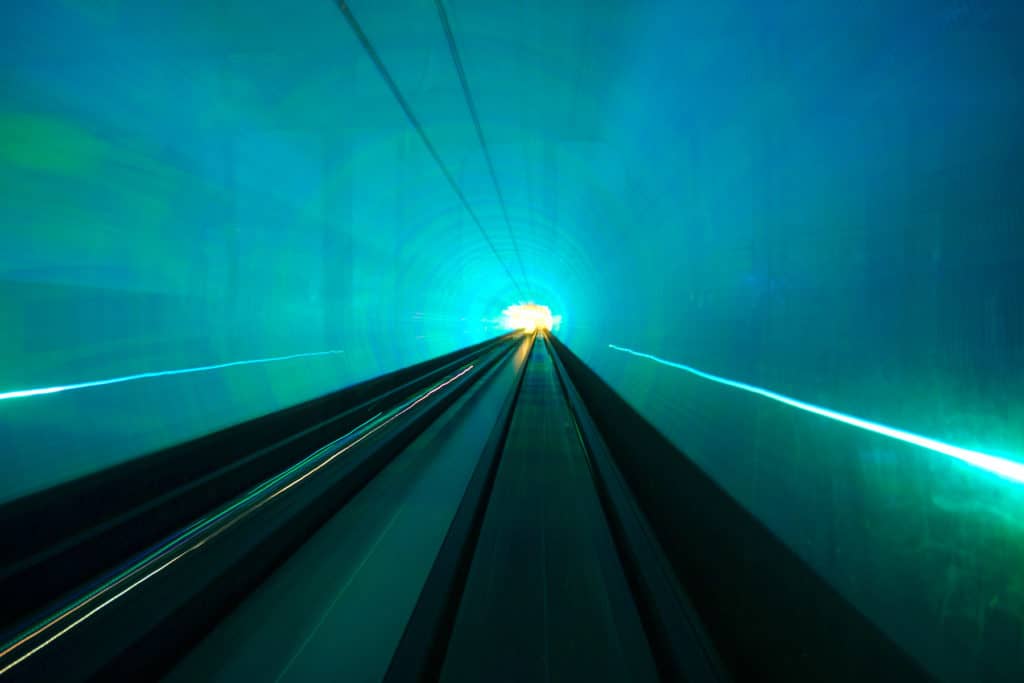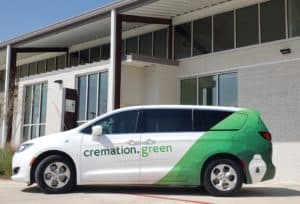Since the beginning of history, different cultures around the world have had unique funeral traditions. It wasn’t until recently that environmental impact became a factor in how we honor the lives of loved ones. Today, more and more people want end-of-life services that create as little pollution as possible.
That’s why burials are becoming a thing of the past. Based on the current trends, funerals of the future will be more diverse and the processes will be more natural.
Cremation Will Become the More Common and Eco-Friendly
The National Funeral Directors Association (NFDA) estimated 54.8% of the deceased were cremated in 2019. Only 39% had a traditional burial. That’s a major shift since the 1960s, and cremation is predicted to account for nearly 70% of all end of life services in 2030.
The majority of the services rendered today are traditional flame-based cremations, which are much more eco-friendly than burial. But crematoriums are progressively getting greener as consumers show a clear preference for cleaner services when given the option.
At Green Cremation Texas, we’ve improved the eco-friendliness of our services over the last 20 years. As a result, we’re the first and only carbon-neutral funeral home in Texas. More funeral homes throughout the country are following suit and making their cremation services greener too. The goal is to reduce energy use and minimize airborne toxins that can be released during the cremation process.
More States Add Aquamation as an Option
Now that cremation services are more common than burials, it’s opened the door for innovation. People are open to the idea of having options in addition to conventional flame-based cremation.
One of the latest end-of-life services is aquamation, also known as water cremation. It’s the service of choice for people who want to minimize the impact cremation has on the environment.
Aquamation is done using a pressurized chamber that’s filled with a water/alkali solution. The solution is heated to create an accelerated natural decomposition process. The remaining bones are treated in the same way as in traditional cremation to create the ashes.
Although the process is different, the end results are the same as regular cremation for the family. They will actually receive more ashes than what they would have gotten had traditional cremation been used.
Green Burials May Replace Traditional Services
Traditional burials may be trending downward, but green burials are a completely different story. A few years ago the NFDA reported that 72% of cemeteries saw an increased interest in green burials.
Green burials are very stripped-down compared to a traditional burial. Without the casket, flowers, and embalming fluid, among other things, burial has a much lower impact on the Earth. However, some burial services are greener than others and what’s offered varies significantly.
Interactive, Digital Headstones
With so much of the physical world going digital and becoming interactive, it was only a matter of time before headstones went digital. Overseas companies have created headstones that can display digital content. In addition to personal information and messages, photos can be used to share the story of a person’s life.
Human Composting That Creates Greenery
One of the most extreme ideas that have been developed recently is human composting. If you live in Washington state, the organization Recompose can provide the service. Recompose has created a method for fast decomposition that turns human remains into soil.
The family members are able to take the soil home to scatter it or use it for growing plants. Rather than putting carbon emissions into the air, the family is actually helping clean the air.
Not surprisingly, many people have a hard time getting past the fact that the soil contains human remains. Around the world, human composting is an option that’s usually only found in urban areas with a lot of people.
FuneralS of the Future
It’s clear people are considering all of their options when it comes to end-of-life services. But there’s one common thread – what people want is something greener. Consumer demand for greener services is transforming the way funeral homes and crematoriums operate, and that’s a good thing for future generations that have to live with the environment they inherit from us. We are the funeral home of the future.





